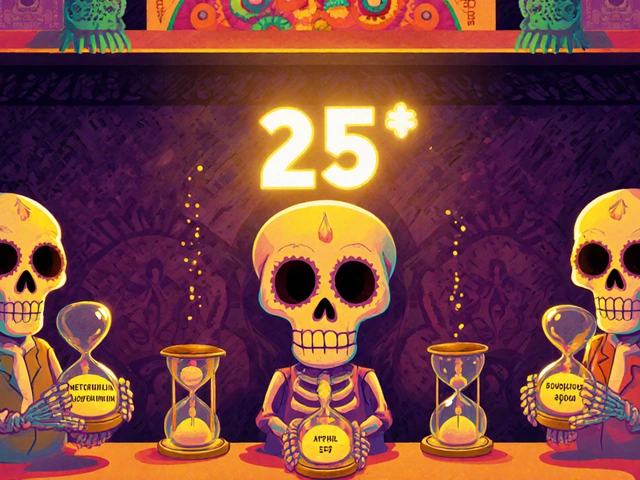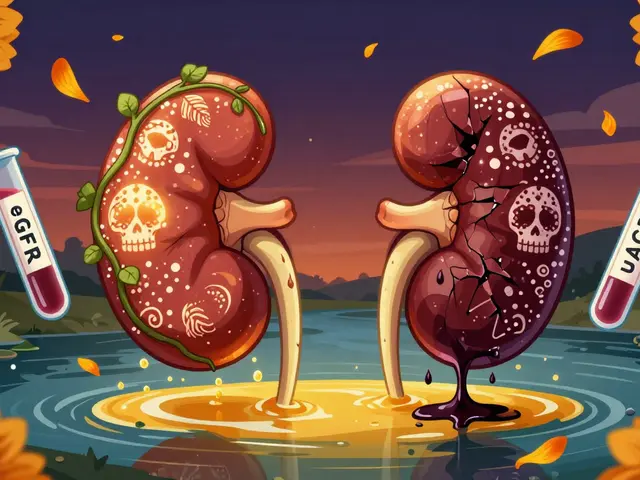Pharmacy savings: practical steps that actually reduce what you pay
Prescription bills can shock you. But small moves add up fast — and many readers save 20–80% by swapping where and how they buy meds. Below are clear, do-this-now tips that work for everyday drugs and for pricier meds like inhalers, antibiotics, or specialty pills.
Compare prices and use discount apps
Start by comparing prices for the exact drug and dose. Use apps and sites like SingleCare, GoodRx, and RxSaver to pull up cash prices at nearby pharmacies. Sometimes the coupon price beats your insurance copay. Our roundup testing SingleCare vs GoodRx vs RxSaver shows real differences—so don’t assume one app is always best. Try two or three coupons and pick the lowest price.
Call the pharmacy after you check online. Prices change and staff can confirm stock and whether a coupon applies. If you’re buying a common drug (like Ventolin/Albuterol or generic antibiotics), the local chain may match an online coupon or offer a price-match.
Choose cheaper but safe options
Ask your prescriber for a generic, a therapeutic alternative, or a lower-cost dose. Generic versions often cost a fraction of brand-name drugs while working the same. If your doctor prescribes a brand because of a real medical reason, ask for a trial on a cheaper option first—many conditions respond well to alternatives.
Check patient assistance and manufacturer coupons for expensive meds. Many makers offer savings cards, copay coupons, or patient assistance programs for people without coverage or with high out-of-pocket costs. For drugs like Xifaxan or specialty treatments, these programs can cut the bill dramatically.
If you buy online, be cautious. Only use licensed pharmacies that require a prescription. Look for clear contact info, a physical address, and verification from regulatory bodies (like NABP or local pharmacy boards). Avoid shops that sell controlled drugs without an Rx—those are risky and illegal.
Consider mail-order for chronic meds. A 90-day supply through a reputable mail-order pharmacy can lower the per-month cost and reduce trips to the store. But compare the total price: sometimes the local pharmacy with a coupon is cheaper for short-term fills.
Ask your pharmacist for extra tips: splitting higher-dose pills (if safe), switching to a different formulation, or enrolling in refill reminders to avoid wasted meds. Also, check expiration dates and storage guidelines when ordering online—shipping delays can affect sensitive drugs.
One last practical tip: always check both your insurance price and the cash price with coupons. Either route can win depending on the drug. Try both, pick the cheaper, and keep a simple checklist: compare, coupon, ask provider, verify pharmacy. Those four steps save money without risking your health.

Ever wondered if you could stack multiple pharmacy discount cards and still stay on the right side of the rules? This deep-dive unpacks a step-by-step strategy to maximize your prescription savings through legit coupon stacking techniques at major pharmacies. Learn the real-world tricks, common limitations, and insider tips to help you pay the least for your meds. Explore trusted drug-savings apps, understand the legal landscape, and avoid rookie mistakes that could get your discounts denied. Don't pay more than you have to—get the details here.
Chris Gore Apr 29, 2025



